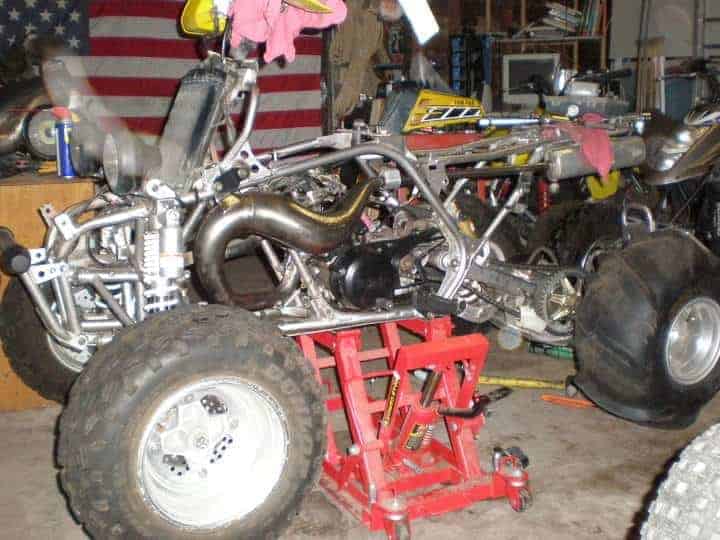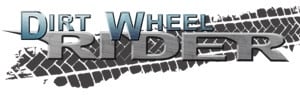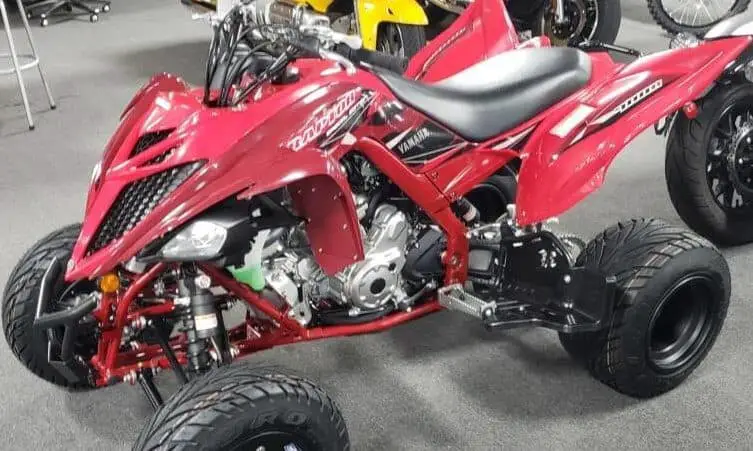Table of Contents
Many ATV operators have been in a tough spot where they have a dead or weak battery. Maybe you noticed before you left your shop, or you’re stranded on a trail. Whatever the situation, you want to know will an ATV run without a battery?
The short answer is that it depends. If you can start your ATV and it doesn’t rely on electronics to run, then your ATV can run without a battery. If you rely on an electric starter or electronics for your engine to operate, your ATV won’t run without a partially powered-up battery. Even if it does run, your electrical components won’t.
There are a lot of conditional pieces to that answer. Starting and operating an ATV without a battery safely or even at all depends on a lot of factors. Let’s dive into the rest of the information you need to know about starting and running an ATV without a battery, and your ATV’s battery generally.
Will An ATV Run Without A Battery?
As I said, this is an answer that really depends on your situation and the type of ATV you have. Electric start and pull start both have advantages and disadvantages to their use. If you want to know which one can run without a battery, just check below where we cover it all.
Can You Pull Start An ATV Without A Battery?
If your ATV comes with just an electric starter, you won’t be able to start that ATV without electrical power. Having said that, many ATVs come with both an electric starter and a pull starter. If your ATV is one of those, you will be able to start your machine using that pull starter even with a dead battery. The ATV’s internal combustion engine itself is not fundamentally dependent on electricity.
Here’s the rub, though. Your ATV will start, but its electrical components will not operate. Furthermore, if your engine system relies on electrical components —such as fuel injectors in ATVs without carburetors — to keep running, it may run less smoothly or run only intermittently if your battery is dead.
How Do You Start An ATV Without A Battery?
If your ATV does not come with a pull start and your battery is dead, you won’t be able to start it with the electric starter until you get a new battery into that ATV or some power into that depleted battery.
On the other hand, if your ATV comes with a pull starter, you’ll be able to start your ATV with just that pull starter. How well, smoothly and long your ATV runs after starting it that way will depend on how many electric components your ATV relies on.
If your battery is dead and you have a pull starter, leave that depleted battery in place as you start it with the pull starter and until you have the battery inspected and/or replaced. Your ATV’s electrical system depends on completed circuits. Removing your battery, even a depleted one, breaks or “shorts” that circuit. An open circuit may result in current flowing to a component that shouldn’t receive it, and reduction of speed or torque.
Does an ATV Charge Its Own Battery?
Even if it’s not needed in order to get your ATV started, your battery is essential to running a lot of electrical components such as cooling fans, power steering, GPS systems, heated handle grips, winches, lights and your electric starter. ATVs use a stator or magneto system to power those electrical components and to charge their batteries. They don’t use alternators like in your truck or car. An ATV’s charging system consists of three parts: flywheel or rotor; stator; and regulator rectifier.
A stator as a drum built of non-conductive bars wrapped with copper wire. Those bars form a ring inside the drum and all work as coils. The number of bars will vary from manufacturer to manufacturer and model to model. The number of bars is determined by the ATV’s power requirements. A shaft runs through that drum, and may even be attached to it. Magnets are placed outside the rotor or in a flywheel that spins outside the drum. Whether those magnets are outside the rotor or in a flywheel, a current is produced in the coils (the wire-wrapped bars) when those magnets spin quickly past each bar in the stator.
That current starts out as AC (alternating current) since it reverses itself with every revolution of those magnets past the coils. That AC current won’t satisfy the needs of the ATV’s electrical systems for two reasons: first, it’s too unstable because it swings depending on the speed of the engine and the rate at which the magnets rotate the coils; and, second, because only direct current (DC) will charge the ATV’s battery.
That unstable AC current is converted to useful power by the regulator rectifier. The AC power is fed into the regulator rectifier, a small box usually covered in heat fins to help disperse heat produced by the regulator rectifier. The power that comes out of that regulator rectifier is in the required DC format to power (pun intended) the ATV’s electrical system.
What about the battery? The power produced from that stator-rotor-flywheel-regulator rectifier system is used mainly and directly to power the ATV’s lights, fans, winches, heaters, etc. Any power left over after the demands of those components are met is used to charge up the battery. That isn’t the primary purpose of the system, though, and an ATV’s battery is not kept charged up by driving it. In fact, it is likely that operating your ATV — especially if using all your electric systems, including a winch — will pull more power from the battery than the stator-rotor-flywheel-regulator rectifier system will provide to it.
For more science about ATV batteries, check out the May 14, 2019 edition of Mud Sweat & Gears.
How Can I Keep My ATV Battery Charged?
Since running your ATV won’t charge it’s battery, what’s the best way to keep your ATV battery from going dead? Keep it on charge. There are several ways to keep an ATV battery on charge, including solar panels and smart chargers.
You can keep your ATV batteries charged with solar panels with a wattage between 2.5 and 5W. Any higher wattage runs the risk of damaging your battery. Even just some sunlight daily will be sufficient to keep the battery topped up.
Aftermarket “smart chargers” will help extend your ATV’s battery by charging and maintaining them as required without being concerned about an overcharge. Smart chargers just need to be plugged in, and they’ll automatically maintain and monitor your ATV’s battery.
If your battery is dying quickly or frequently, and you’ve given it a really good charge, then you should take it to your dealer or mechanic and ask them to run a load test. If the battery itself tests out fine, there may be an issue with the regulator rectifier. If it fails, the power produced by that stator may not even be getting to the battery. A failing regulator rectifier can also result in excessive voltage being sent into your ATV’s electrical components. That may result in bulbs burning out, heated grips staying cold, and batteries being boiled dry.
Why Don’t ATVs Use Alternators?
The short answer? ATVing is too dirty for alternators. Alternators used in car engines need dry and clean air blown across them to be kept cool. The damp and dirty air that an ATV may be flying through isn’t dry and clean enough to protect an alternator. That alternator couldn’t handle the humidity and grime. Stator systems are also more compact than belt-driven alternator systems, and therefore better suited to a smaller ATV power unit.

A sealed stator system suits ATVs better because it is housed within the ATV’s crankcase and does not need continuous air to keep it cool. The ATV’s charging system has a safe operating temperature range, where it is kept by engine coolant, oil, and fans working together.
Hopefully now you understand what it takes to run an ATV without a battery and you have answered the pesky question “Will an ATV run without a battery” and can use this knowledge should you ever catch a dead battery out on the trail, or anywhere else.






